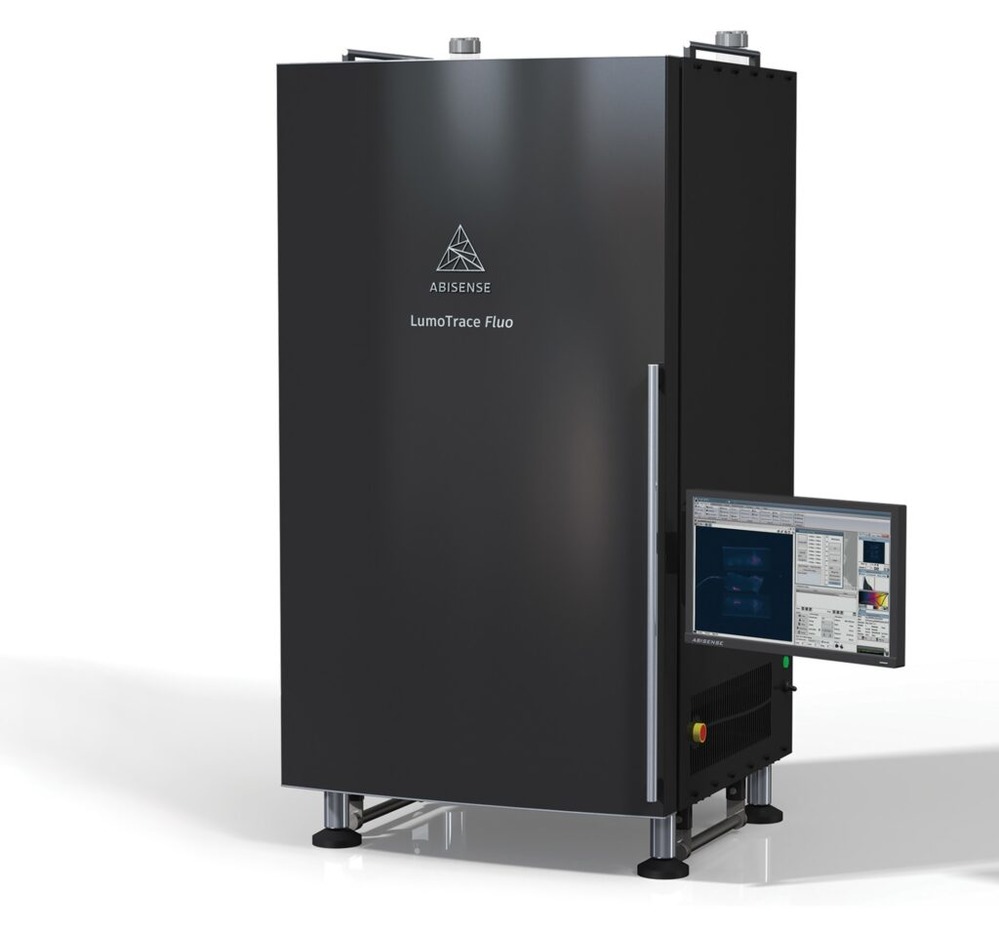Catalog
Metrology
525 products
View:
- Selected: 0Areas of use
- Selected: 0Item names
- Selected: 0Manufacturer
- Selected: 0Made in
- Selected: 0Additional
View:
525 products
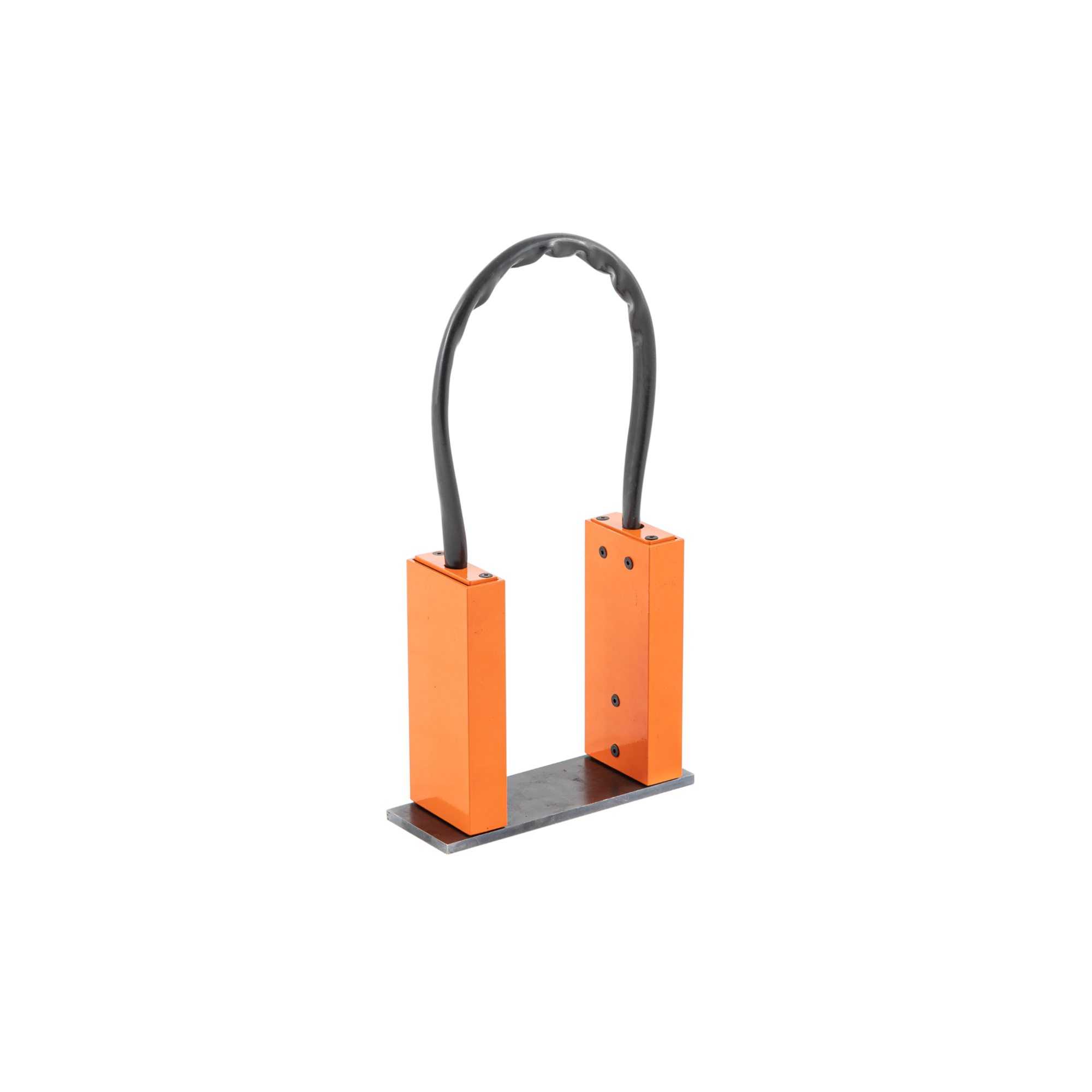
UN-5 Magnetizing device
from
95 550 ₽
The principle of operation of the magnetization device:
The device consists of two compact blocks made of non-magnetic material connected by a flexible magnetic circuit. In each block there is a permanent magnet made of neodymium-iron-boron alloy (Ne-Fe-B). When installing the blocks on the surface of the part, a closed magnetic circuit is formed with the direction of the magnetizing field from one pole to the other. Above the defect scattering fields, magnetic powder particles are deposited to form an indicator pattern.
Design features and advantages of the device for magnetic particle control UN-5
The delivery package with the device includes a portable case, an inter-pole jumper installed during transportation, and a liner for fixing blocks with permanent magnets.
The UN-5 portable device does not require electrical power and therefore can be used where the supply of stationary power is difficult or impossible under regulatory documents: in the field, when working at height, for inspection of capacitive equipment operating under pressure, etc.
- The device is easy to use, lightweight and small-sized, working with it does not require special physical and technical training from the operator;
- Flexible magnetic core allows you to use the device to control parts of complex shape;
- The UN-5 magnetizing device is distinguished by an increased quality of the indicator pattern and an increased control zone due to a reduced uncontrolled zone near the poles and an improved ratio of the normal and tangential components of the magnetic field (Russian patent No. 60732);
- The technical characteristics of the device comply with Russian and foreign regulatory documents, this being the reason of its widespread use in more than 40 countries, including Germany, France, Brazil and Norway.
When monitoring, the controlled area is the central part of the area located between the magnetic poles of the device.
The width of the monitored area is determined by the width of the magnetic poles of the device and is approximately 60 mm. The length of the monitored section depends on the inter-pole distance.
the dimensions of the controlled area are given depending on the device's inter-pole distance:
Inter-pole distance, mm 95: 75 55
Controlled area between the working poles, mm: 60x60 40x60 25x55
The length of the defect detection zone depends on the distance established between the working poles of the magnet on the controlled product.
Defects are not detected in the areas adjacent to the poles of the magnet. The length of these sections is 18 mm with an interpolar distance of 95 and 75 mm. With an interpolar distance of 55 mm these sections are 13 mm long.
Scope of application:
Magnetizing devices for magnetic powder flaw detection are used in many industries, including railway, water and aviation transport, in the construction and operation of pipelines, in chemical and petrochemical production.
The flexible link between the magnetic blocks allows the control of products of complex shape, for example, cylindrical tanks, high-pressure apparatuses, main pipelines, etc.
When checking for defects, the device can be used together with other auxiliary equipment for:
- preliminary and subsequent demagnetization;
- application of a magnetic indicator (which can be dry or in the form of an emulsion);
- magnetoluminescent control (with ultraviolet lamps).
RII MNPO SPEKTR
Moscow
Produced in: Moscow

High-precision smart surface probe L =300 mm SZPWT.300P with built-in flash memory
from
13 920 ₽
High-precision smart surface probe L =300 mm SZPWT. 300P with built-in flash memory is designed to measure the temperature of various materials by directly contacting the probe with the measuring object and transmitting the measured value via Bluetooth to devices with the ThermoMonitor, Android program installed.
Operating conditions of the SZPVT smart probe.300P
Ambient temperature, °C: -20...+55.
Relative humidity, %: not more than 80 at T=35 °C.
Atmospheric pressure, kPa: 86...106.
Functionality of the SZPVT smart probe.300P
Measurement of physical quantities with a resolution of 0.01.
Recording of measured values at intervals from 5 seconds to 23 hours 59 minutes 59 seconds (only smart probes with built-in memory).
Transmitting data about measured physical quantities via Bluetooth to a device with the ThermoMonitor, Android program installed.
Transmitting information about the state of charge of the built-in battery via Bluetooth to a device with the ThermoMonitor, Android program installed.
Automatic transition to sleep mode after 50 seconds.
The ability to connect external power.
Possibility of calibration.
TEKHNO-AS
Kolomna
Produced in: Kolomna, Moscow region

PKV-IP-7,2×3,4
Basic properties
Wide frequency range;
Small VSWR values.
Operating conditions
Operating temperature range from minus 10 to 50 ° C;
The relative humidity of the air is up to 98% at a temperature of 25 ° C.
Technical specifications
Waveguide cross section, mm 7.2×3.4
Type of coaxial connector (according to GOST RV 51914-2002) IP
Frequency range, GHz 25.96-37.50
VSWR 1.35
TEKHNOYAKS
Moscow
Produced in: Moscow
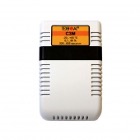
Smart microclimate wall-mounted probe (measurements of atmospheric pressure, temperature and humidity) SPM
from
16 698 ₽
Wall-mounted microclimate smart probe (measurement of atmospheric pressure, temperature and humidity) The SPM is designed to measure the temperature of gaseous materials without mechanical impurities and aggressive vapors, relative humidity, atmospheric pressure by direct contact of the probe with the measuring object and transmitting the measured value via Bluetooth to devices with the installed ThermoMonitor based on the Android program.
Operating conditions of the SPM smart probe
Ambient temperature, °C: -20...+55.
Relative humidity, %: not more than 80 at T=35 °C.
Atmospheric pressure, kPa: 86...106.
Functionality of the SPM smart probe
Measurement of physical quantities with a resolution of 0.01.
Recording of measured values at intervals from 5 seconds to 23 hours 59 minutes 59 seconds (only smart probes with built-in memory).
Transmitting data about measured physical quantities via Bluetooth to a device with the ThermoMonitor. The Android program is installed.
Transmitting information about the state of charge of the built-in battery via Bluetooth to a device with the ThermoMonitor, Android program installed.
Automatic transition to sleep mode after 50 seconds.
The ability to connect an external power supply.
Possibility of calibration.
TEKHNO-AS
Kolomna
Produced in: Kolomna, Moscow region

AC voltage calibrator H5-5
The calibrator is capable of operating both autonomously and as part of automated measuring systems with interfaces such as USB, RS-232, IEEE-488 (CPC).
Technical specifications
Ranges of reproduction of alternating electric voltage in the frequency range:
- from 10 Hz to 100 MHz from 3 MV to 3 V
- over 100 MHz to 2000 MHz from 30 MV to 3 V
Errors in the reproduction of alternating electric voltage in the frequency range:
- from 10 Hz to 100 kHz ± (0.066 – 0.8)%
- over 100 kHz to 100 MHz ± (0.85 – 2.5)%
- over 100 MHz to 700 MHz ± (1.5 – 12.7)%
- over 700 MHz to 2000 MHz ± (4.3 -14.0)%
General characteristics:
Operating temperature range from 5 to 40 °C
AC power supply 220 V, 50 Hz
Power consumption, no more than 180 VA
Overall dimensions, mm 495x217x411
Weight, not more than 24 kg
TEKHNOYAKS
Moscow
Produced in: Moscow
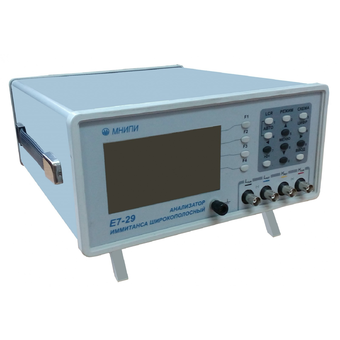
Immitance Broadband Analyzer E7-29
Technical specifications:
Extended frequency range 50 kHz–15 MHz
The basic error is ±0.2 %
The level of the measuring signal is 40 mV – 1 V s.c
. Offset voltage (0 – 40) V
The discreteness of the operating frequency setting is 1 Hz
Graphical analysis of measured values in a given frequency range
USB 2.0 interface
-100 C to 400 C; humidity 90% at 300 C
Dimensions, weight: 270x134x320 mm, 5 kg
Power supply ~230 V, 20 VA
MNIPI
Minsk
Produced in: Belarus, Minsk
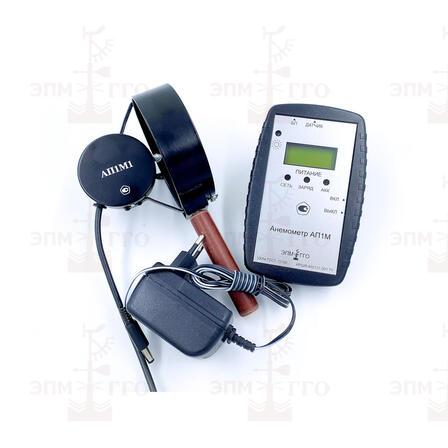
Anemometer AP1M with a wing sensor AP1M1
from
49 054 ₽
Range: 0.3-5.0 m/s;
Accuracy Characteristics: (0.1+0.05V) m/s;
Weight: 0.6 kg;
Powered by a 4.8V rechargeable battery;
Power consumption 0.1 VA;
Application conditions:
for primary measuring transducers: from minus 10C to plus 50C in the range of 0.3-5 m/s.
for the digital measuring console: from minus 10C to plus 50C.
Relative humidity 45-80% at temperature (25±10)With;
Continuous operation time at negative temperatures up to minus 30C is no more than 1 hour;
EMPGGO
Saint Petersburg
Produced in: Saint Petersburg
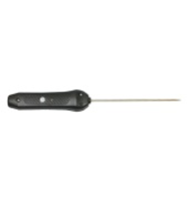
Smart submersible probe L=500 mm SZPG.500P with built-in flash memory
from
13 386 ₽
The smart submersible probe L=500 mm SZPG.500 is designed to measure the temperature of various materials by direct contact of the probe with the measuring object and transmitting the measured value via Bluetooth to devices with the ThermoMonitor, Android program installed.
Operating conditions of the SZPG.500 smart probe
Ambient temperature, °C: -20...+55.
Relative humidity, %: not more than 80 at T=35 °C.
Atmospheric pressure, kPa: 86...106.
Functionality of the SZPG.500 smart probe
Measurement of physical quantities with a resolution of 0.01.
Recording of measured values at intervals from 5 seconds to 23 hours 59 minutes 59 seconds (only smart probes with built-in memory).
Transmitting data about measured physical quantities via Bluetooth to a device with the ThermoMonitor, Android program installed.
Transmitting information about the state of charge of the built-in battery via Bluetooth to a device with the ThermoMonitor, Android program installed.
Automatic transition to sleep mode after 50 seconds.
The ability to connect external power.
Possibility of calibration.
TEKHNO-AS
Kolomna
Produced in: Kolomna, Moscow region
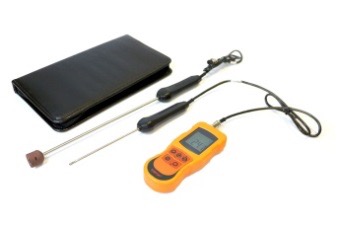
Welder's kit
from
31 581 ₽
It controls temperature, air environment and welding seam surface during welding operations.
•
TEKHNO-AS
Kolomna
Produced in: Moscow

Threshold detector of radioactive aerosols IRAA–01D
Appointment:
continuous measurement of the volumetric activity of radioactive aerosols caused by technogenic alpha-emitting nuclides;
sound feed/light signaling in case the measured values of volumetric activity exceed the established threshold levels.
Features:
stationary placement in places where the air parameters of the working area are monitored;
connection to a BN-01 type pump unit or other external sampling device;
USB service interface for diagnostics, configuration, verification.
Doza
Zelenograd
Produced in: Moscow
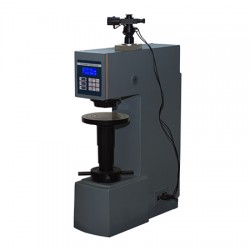
Metolab 604 Brinell Hardness Tester
METOLAB 604 is a stationary hardness tester, a modification of the METOLAB 603 device without a personal computer, as well as with simplified technical characteristics.
The METOLAB 604 hardness tester allows you to measure the hardness of various materials and products using the Brinell method, the HBW scale in full compliance with the current technical requirements in this area. The device is equipped with an automatic loading system and comes complete with a digital measuring microscope MPBC, designed for automatic reading of hardness values without using conversion tables.
Due to its characteristics, the stationary METOLAB 604 hardness tester can be used to measure materials such as: steel, cast iron, non-ferrous metals, soft alloys, etc.
The stationary METOLAB 604 Brinell hardness tester is included in the State Register of Measuring Instruments of Russia (GRSI) and comes with a certificate of primary verification (on request). The number in the GRSI is 65684-16.
Distinctive features of the stationary METOLAB 604 Brinell hardness tester:
Simple and intuitive interface, fully Russian-language device menu;
A wide range of measured values – from 8 to 650 on the HBW scale;
High accuracy and repeatability of results;
The METOLAB 604 hardness tester is equipped with an electronic load value switch;
The basic package includes a digital measuring microscope MPBC;
The device is equipped with a bright and clear LCD display, which displays all the necessary service information;
Printing of measurement results on the built-in printer;
Automatic loading system.
Basic package of delivery:
Stationary METOLAB 604 hardness tester;
Micrometer;
Indenter with carbide ball (10; 5; 2.5 mm) - 1 pc.;
Large flat table;
Small flat table;
V-shaped table;
Brinell hardness measures - 1 set;
User Manual.
Metolab
Moscow
Produced in: Moscow

Thermoelectric converter THA.GPKSH.013
The thermoelectric converter THA.GPKSH.013 is designed for measuring the temperature of gaseous and liquid chemical environments that do not destroy the protective shell. It measures the temperature in the clean air atmosphere, gaseous chemically non-aggressive environments with humidity up to 95 %
Termokon
Korolev
Produced in: Moscow region, Korolev
